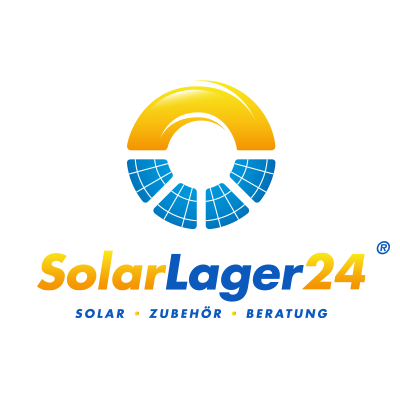How to plan your solar system: Step-by-step to sustainable energy supply
Split
How to plan your solar system: Step-by-step to sustainable energy supply
Do you want to install your own solar system and become independent of rising electricity prices? With careful planning, you can ensure maximum efficiency and long-term cost savings. This guide will show you how to optimally plan your photovoltaic system – from determining your needs to commissioning.
1. Analyze power consumption & energy demand
The first step to the perfect solar system is to accurately determine your electricity needs. Consult your last 12 months of electricity bills to calculate your annual consumption in kilowatt hours (kWh). This will help you select the right system size and optimize your self-consumption.
- Single household: approx. 1,500 kWh/year
- Family household (4 people): 4,000–5,000 kWh/year
Note: Plan for future electricity consumers such as electric cars or heat pumps to ensure sufficient capacity.
2. Check roof: area, orientation & shading
The suitability of your roof significantly determines the yield of your solar system. Consider the following factors:
- Orientation: South-facing roof is ideal, east-facing and west-facing roofs are also suitable.
- Tilt angle: 25°–40° is optimal for maximum sunlight.
- Shading: Avoid shadows cast by trees, chimneys or neighboring buildings.
- Area: At least 10 m² of usable roof area is recommended.
Tool tip: Use online roof checks or professional reports for a precise analysis.
3. Selection of components: modules, inverters & storage
The right technology is crucial for the performance and lifespan of your PV system:
- Solar modules: Monocrystalline modules offer the highest efficiency; polycrystalline modules are more cost-effective.
- Inverter: Converts generated direct current into usable alternating current.
- Storage: Lithium-ion batteries increase self-consumption and make you more independent from the grid.
- Mounting systems: Suitable for various roof types – from tiled roofs to flat roofs.
- Monitoring: Intelligent systems monitor yield and performance in real time.
4. Economic efficiency & funding opportunities
Calculate the profitability of your solar system taking into account:
- Feed-in tariff according to the EEG
- Share of self-consumption
- Electricity price development
- Investment and operating costs
Pro tip: Take advantage of funding programs from the federal, state, and local governments, as well as low-interest loans such as KfW funding.
5. Installation & Registration: How to make it run smoothly
After planning, it’s time to implement:
- Get quotes from certified solar installers and compare prices and services.
- Have the installation carried out by specialists to ensure quality and safety.
- Register the system with the grid operator and register it in the market data register.
6. Maintenance & Monitoring: Ensure maximum efficiency
Regular maintenance extends the service life and ensures optimal yields:
- Cleaning of the modules (1–2 times a year, depending on contamination)
- Testing of electrical components
- Monitoring via app or online portal
FAQs on solar system planning
How long does it take to plan a solar system?
Typically 2–4 weeks, depending on consultation, bid gathering, and approvals.
Do I need a power storage unit?
Storage is not absolutely necessary, but it significantly increases independence and self-consumption.
How much does a solar system cost for a single-family home?
Typical investment costs range between €8,000 and €18,000 without storage. With storage, €12,000 to €25,000 is realistic.
Ready for your solar system? Discover our complete PV systems – available immediately, with extensive accessories and professional support.

